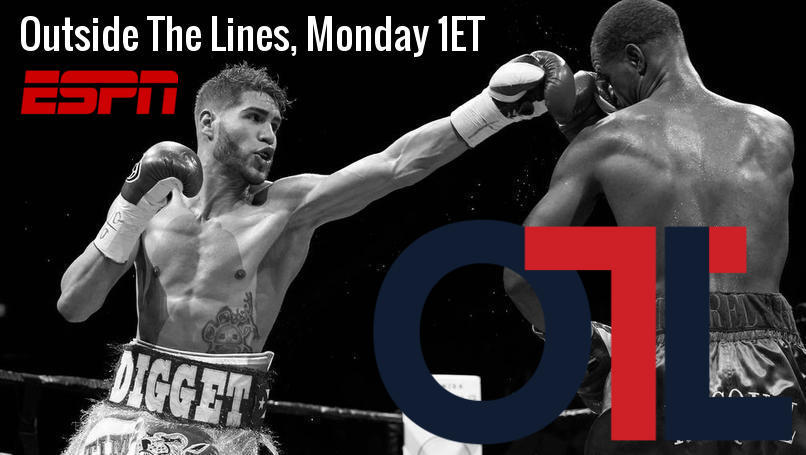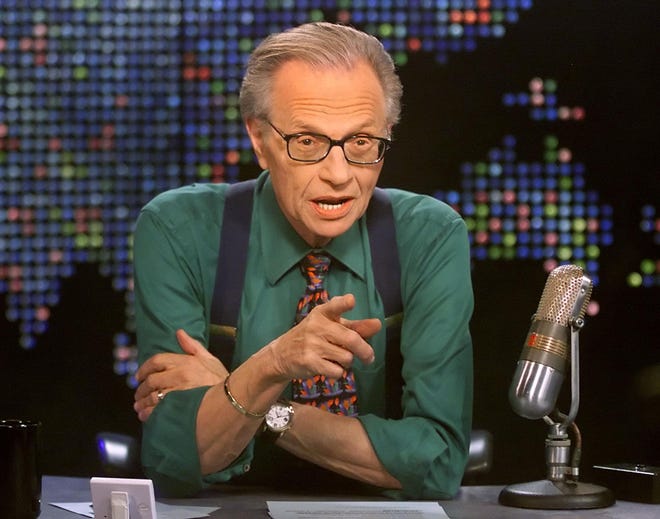by Marc Londo and Mohamad Elmahmoud

Pictured: Prichard Colon. Fairfax, Va. October 15, 2015 Photo: Patrick Smith
ESPN’s acclaimed investigative documentary series Outside The Lines is set to feature Prichard Colon on Monday at 1 PM Eastern. Traumatic Brain Injury (TBI) in sports has become a focus of national discussion and Colon’s case has created a call in the boxing community to closely follow safeguards that should already be in place. Prichard Colon has been in a coma since October 15, 2015. His last steps out of a boxing ring were his last steps. Outside The Lines promises to take viewers beyond those last steps into a dark world that surrounded the Colon family when Prichard lost consciousness. The OTL series has been widely recognized for its coverage of pressing issues in the sports world. It’s won numerous Emmys and in 2013 a story on the NFL concussion crisis, titled NFL at a Crossroads: Investigating a Health Crisis, won the Peabody Award.

Pictured: Prichard Colon jabs Terrel Williams. Fairfax, Va. October 15, 2015 Photo: Patrick Smith
Monday’s feature on Prichard Colon extends the series probe into the life threatening risks that athletes in combat sports may not fully comprehend. Colon certainly wasn’t ready for the effects of the more than 30 illegal rabbit punches his opponent Terrel Williams landed to the back of his head. There’s an implicit understanding boxers have with officials in the ring that transforms the randomness of a fight into a regulated sport. It was under those parameters that Colon consented to be in the ring. It was a lack of adjudication of the rabbit punching by referee Joseph Cooper that left Colon vulnerable to the illegal blows. OTL takes viewers through the predicament Colon found himself in.

Pictured: Terrel Williams looking to throw. Fairfax, Va. October 15, 2015 Photo: Patrick Smith
Due to the events of that day, the World Boxing Council instituted aPrichard Colon Rule, which stresses as a Zero Tolerance standard for the officiating of rabbit punches. It’s unclear if it’s improved officiating. In a recent Showtime bout between Marcus Browne and Thomas Williams Jr., Browne teed off on a kneeling Williams with a hard left hand to the back of the head. It prompted the referee to give Williams 5 minutes to recover before the fight was allowed to go on. It was a brief period of time that gave many in the audience time as well to recall the impact those punches had on Prichard Colon. One avid boxing fan, actress Rosie Perez, immediately signed on to twitter and warned, “He should take the full 5 minutes. Very dangerous punch. Remember #PrichardColon?! @ShowtimeBoxing #BrowneWilliams #boxing”

Pictured: Rosie Perez tweets her concern. Photo: Twitter
Outside The Lines has become an effective outlet of activist media in sports. Its recent coverage of the Baylor scandal helped bring about positive change in that environment. Their focus on the Colon case should also serve as a call for meaningful change in a sport that is regulated like the Old West. On October 15, 2015, there were many safeguards that should have been in place. When Colon got sent to the floor by a flagrant rabbit punch after numerous fouls in the bout, referee Joseph Cooper could have stopped the fight at that point. In the chaos that followed the knockdown, he was checked by ringside Doctor Richard Ashby and told him he felt “dizzy”, the back of his head was hurting, and he felt he could go on. Ashby overruled obvious signs and critical symptoms associated with damage to the area around the medulla oblongata, one of which is impaired vision, and erred with the courage of the fighter.

Pictured: Terrel Williams lands a rabbit punch to the back of Colon’s head. Photo: NBC
It was an impossible predicament Colon was in. None of the officials in, and around, the ring took seriously the scope of damage he was incurring as he continued grabbing the back of his head. The Virginia Department of Professional and Occupational Regulation (DPOR) chief official supervising the bout, David Holland, told Colon and his corner that he better stop faking or he would be disqualified. Then, when Williams again knocked Colon to the canvas with a rabbit punch, ringside officials turned a blind eye. It was the last punch Colon would ever get hit with in his boxing career. A ruled-legal rabbit punch. Could that punch have been the coup de gras that led to his persistent vegetative state? As he left the ring, Prichard had to be held up by his Father, Richard, and his trainer, Pedro Diaz. He couldn’t make it back to the dressing room on his own power. Moments later he would collapse in a pool of his own vomit.

Pictured: Prichard Colon grabbing is head after a ruled flagrant rabbit punch. Photo: Patrick Smith
This expose marks the first public appearance of Prichard Colon since that day. The Colon family has struggled with the decision to allow Prichard to be seen publicly in his present condition. He took so much pride in his fans, and the family has been mindful of how he would want the public to see him. The passage of time has given them more to reconsider. Prichard hasn’t stopped fighting since he stepped out of the ring in Fairfax. And if there was ever a time that he has needed his fans it is now. Outside The Lines has been granted full access. ‘The greatest’ Muhammad Ali shook up the world on many occasions in the ring but it was his struggle with Parkinson’s disease that revealed his humanity to the world. For those that know Prichard Colon, the parallels are great. Their flamboyance in the ring was betrayed by the conditions that took away their ability to express themselves.

Pictured: Prichard Colon is helped out of the ring by his father Photo: Patrick Smith
Yet, underneath the still exterior, is a heart that keeps a strong and steady beat. Prichard Colon is still with us. His first public appearance in over a year should speak loudly to us all. After watching Outside The Lines on ESPN, perhaps we should take to twitter like Rosie Perez and tell the world what we think. Remember #PrichardColon?!


 Gaming7 years ago
Gaming7 years ago
 Music7 years ago
Music7 years ago
 Business7 years ago
Business7 years ago
 The Jawn7 years ago
The Jawn7 years ago
 The Jawn7 years ago
The Jawn7 years ago
 The MC7 years ago
The MC7 years ago
 Entertainment7 years ago
Entertainment7 years ago
 The Jawn7 years ago
The Jawn7 years ago


























You must be logged in to post a comment Login